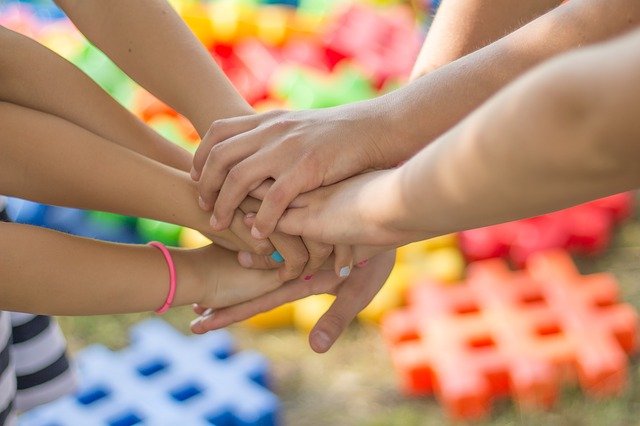The effects of having to undergo cancer treatment as a child can have a substantial impact on physical and mental health. However, the specific lifelong burden remains unknown.1
A recent population study showed how the effects of receiving cancer treatments affected childhood cancer survivors later in life. This is the first study to use a population to understand and compare the potential health burden associated with specific cancer treatments.
There is a need to quantify the long-term effects of cancer treatment. According to study co-author Dr. Alvina Lai, “Over 80% of children and young people diagnosed with cancer survive, but they face unique healthcare needs because of late effects brought on by cancer or its treatment. […] We believe it’s important for these long-term effects to be considered early on by families and their healthcare teams, so the benefits of a therapy can be weighed against any long-term risk”.2
The study included children, teenagers and young adults who were diagnosed with cancer under the age of 25 and who lived more than five years post-treatment. They included 3,466 cancer survivors and used health records collected between 1998 and 2020.1
Control groups – non-cancer groups – comprising the same age, sex, and socioeconomic status were used to compare health burdens.
Childhood cancer survivors have a higher risk for immunology and cardiovascular complications
The study examined the lifelong burden from nine chemotherapy classes and nine treatment types. They also considered 183 mental and physical health effects.
For cancer survivors, it was found that they experienced a higher lifelong burden in terms of immunology and infection complications compared to control groups. The second highest health burden was cardiovascular conditions.
Cancer survivors who developed immunological conditions lost an average of ten years of life compared to cancer survivors who did not. Survivors who developed cardiovascular conditions lost an average of 6.7 years from their life compared to other survivors.1
The cancer survivor group also experienced a higher mental health burden than the control group.
Researchers also noticed that health burdens were enhanced in those with a higher socioeconomic deprivation status.
Chemotherapy and radiotherapy impose a greater lifelog burden than surgery
Results showed that patients who received chemotherapy and radiotherapy experienced a greater disease burden later in life compared to those who received surgery. Those that received chemotherapy and radiotherapy had a higher risk of developing cardiovascular, renal and immunological and infection effects.
Researchers also noted that there was a higher rate of hospitalization burden associated with chemotherapy and radiotherapy compared to surgical treatment methods.
The type of chemotherapy that posed the greatest lifelong burden was antimetabolite chemotherapy. This type of chemotherapy includes drugs that target cells undergoing active growth and division – ie. cancerous cells – and prevents them from diving further. These patients experienced the largest burden due to immunology effects.
The lowest burden was observed in those who received platinum agents and plant alkaloid chemotherapy.
Leukemia imposes the greatest hospitalization burden
Leukemia was found to create the most significant lifelong burden in terms of more frequent hospitalization throughout life. Leukemia survivors had experienced the most in-patient hospitalizations than other cancer survivors at both ages 35 and 45.1
Understanding long-lasting effects of cancer treatments will be helpful
These findings provide a potentially helpful overview for those considering different cancer treatments in children, teenagers, and young adults.
As stated by Dr. Lai, ““Awareness of these long-term issues is also important for survivors, who are better able to spot symptoms early. […] We hope that further research can investigate how to minimise the long-term effects of cancer therapies.”2
References
- Chang, W. et al. (2021). Late effects of cancer in children, teenagers and young adults: Population-based study on the burden of 183 conditions, in-patinet and critical care admissions and years of life lost. The Lancet Regional Health – Europe; 100248. Doi: 10.1016/j.lanepe.2021.100248.
- Greaves, M. (2021). How surviving cancer as a child affects lifelong health. EurekAlert! Accessed Nov. 17, 2021. Retrieved from https://www.eurekalert.org/news-releases/934769.
- Image by Michal Jarmoluk from Pixabay



